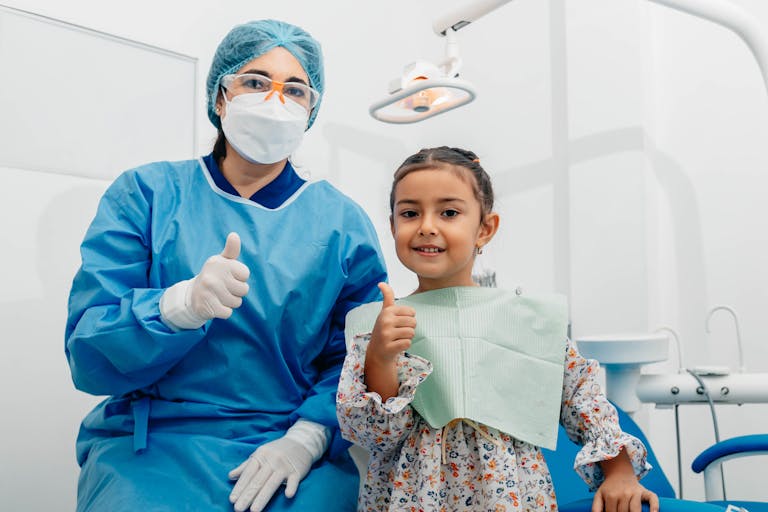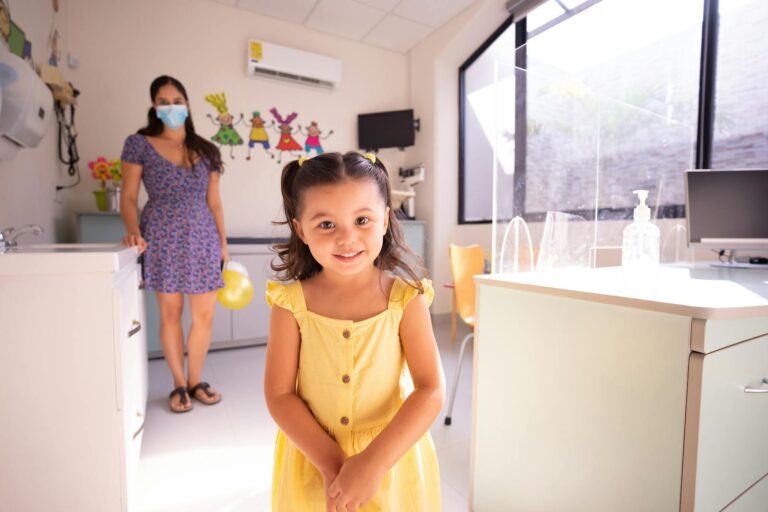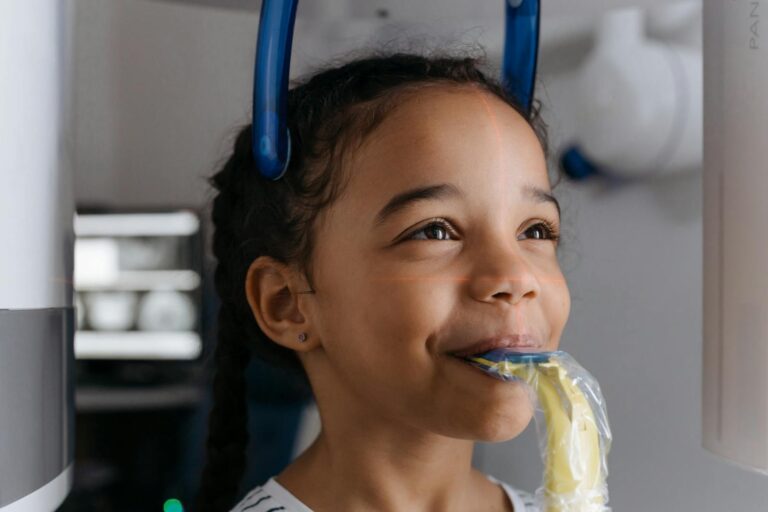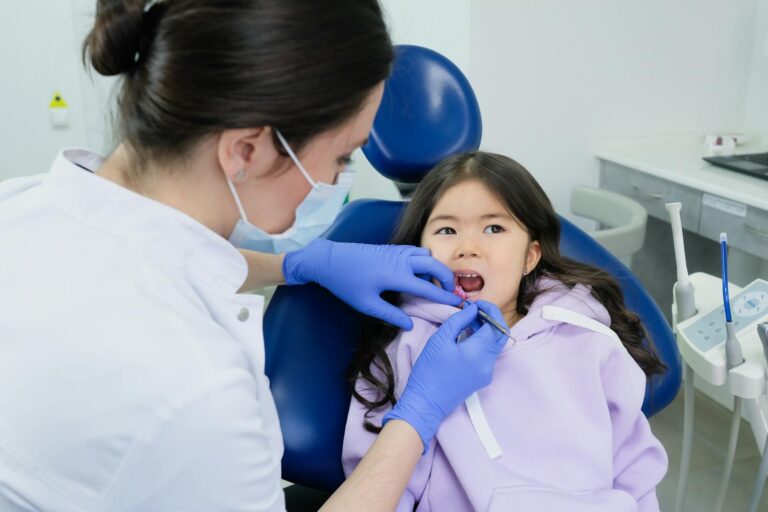How to Protect Toddler Teeth from Bottle Decay
It starts with just a bottle of milk or juice to soothe your little one before bed—but over time, that comforting habit can lead to something far less sweet: bottle decay. Also known as early childhood caries (ECC) or baby bottle tooth decay, this condition is one of the most common (and preventable) dental problems in toddlers.
If you’re a parent wondering how to keep your child’s baby teeth healthy and cavity-free, this blog will help you understand what causes bottle decay and, more importantly, how to prevent it.
What is Bottle Decay?
Bottle decay refers to the rapid development of cavities in a young child’s teeth—especially the upper front teeth—as a result of prolonged exposure to sugary liquids. This often happens when a child is allowed to fall asleep with a bottle filled with milk, juice, formula, or any sweetened beverage.
While baby teeth are temporary, they play a critical role in helping your child eat, speak clearly, and guide permanent teeth into their proper positions. Damage to them can lead to pain, infection, early tooth loss, and long-term oral health issues.
Why does Falling Asleep with a Bottle Cause Tooth Decay?
During sleep, saliva production decreases, which reduces the natural cleansing of sugars and acids from the teeth. If your child is sipping on milk or juice while drifting off to sleep, the sugars from the liquid pool around their teeth for extended periods. This creates a perfect environment for bacteria to thrive and produce acid, which gradually eats away at the enamel—especially on the front teeth.
The result? Cavities that can appear quickly and spread aggressively.
Signs of early bottle decay
– White spots or dullness on the front teeth (often near the gumline)
– Brown or black discoloration
– Sensitivity when eating or drinking
– Visible holes or pits in the enamel
– Swollen or bleeding gums
If you notice any of these signs, it’s important to see a pediatric dentist as soon as possible for early intervention.
Simple Ways to Prevent Bottle Decay in Toddlers
1. Avoid bedtime bottles with anything but water
Milk and juice contain natural sugars—even if they’re labeled “no added sugar.” Only offer plain water in your child’s bedtime bottle if they need one for comfort. If you’re transitioning away from nighttime feeding, do so gradually to avoid stress and resistance.
2. Don’t let your child sip sugary drinks throughout the day
Frequent exposure is just as harmful as prolonged exposure. Avoid giving your toddler juice in a sippy cup or bottle they carry around all day. Limit juice to mealtimes (and keep it under 4 ounces a day, as recommended by pediatricians).
3. Start brushing early and stay consistent
As soon as the first tooth appears, begin brushing your child’s teeth twice a day with a soft-bristled toothbrush and a smear (rice-sized amount) of fluoride toothpaste. This helps remove plaque and strengthen the enamel, even before all the teeth come in.
4. Wipe gums after feeding
Before the first tooth erupts, use a clean, damp washcloth or a silicone finger brush to gently wipe your baby’s gums after feedings. This helps remove milk residue and introduces oral hygiene from day one.
5. Never dip pacifiers in sweet substances
Avoid the temptation to dip pacifiers in honey, syrup, or juice. This creates constant sugar exposure and significantly increases the risk of decay.
6. Schedule your child’s first dental visit by age 1
The American Academy of Pediatric Dentistry recommends seeing a dentist by your child’s first birthday or within six months of the first tooth erupting. Early checkups allow the dentist to monitor your child’s oral health and offer tips tailored to your family’s routine.
7. Model healthy habits
Let your child see you brushing and flossing daily. Toddlers love to mimic their parents, and seeing you care for your own teeth helps make dental care feel normal and important.
Final Thoughts
Bottle decay can sneak up on even the most attentive parents—but with a few simple changes, it’s completely preventable. Creating healthy routines early not only protects your toddler’s smile but also builds a foundation for a lifetime of good oral habits.
Remember, your child’s baby teeth are small, but they play a big role. Treat them with care, and you’ll be investing in a healthy, happy smile that grows with them.






